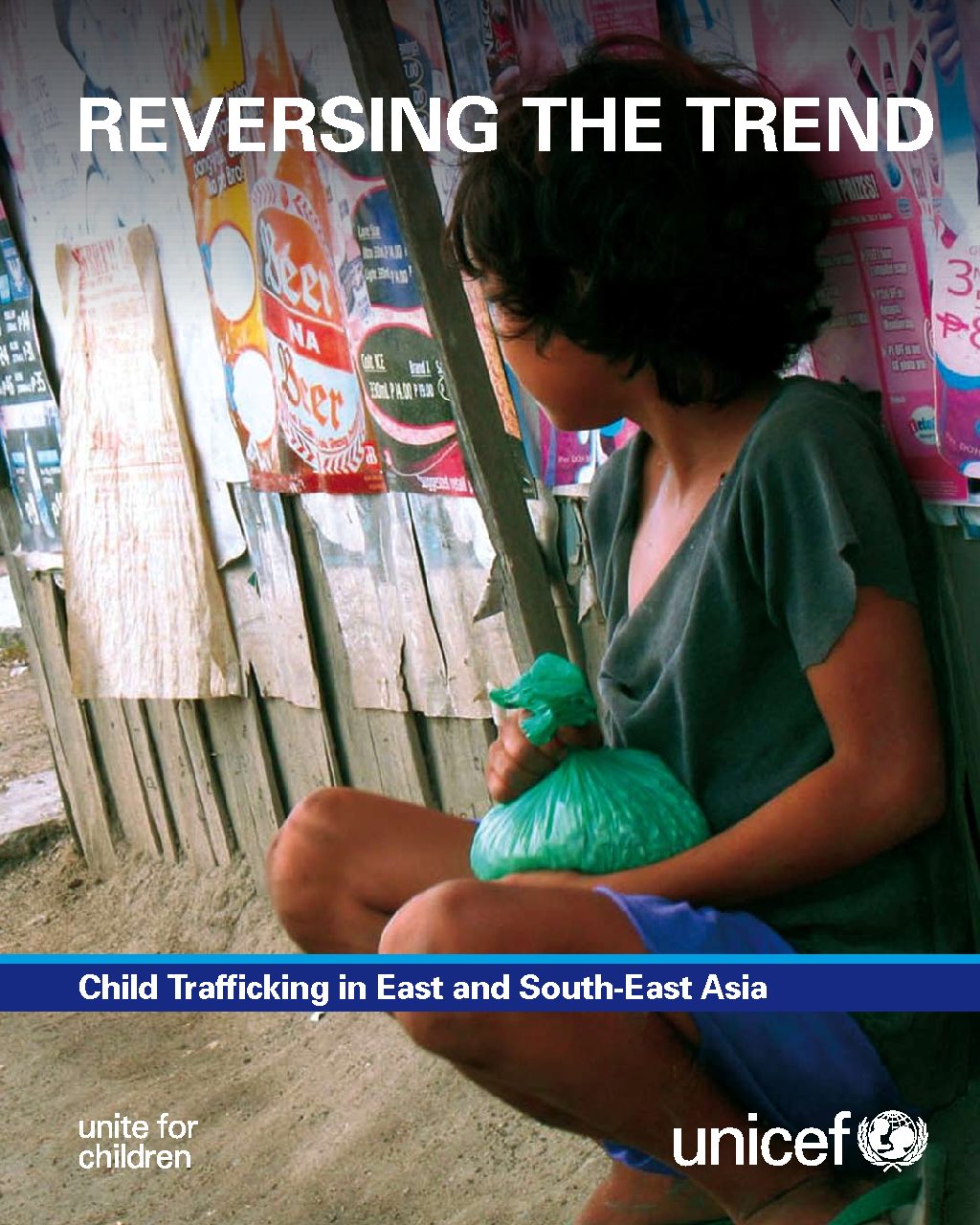
Child Trafficking in East and South-East Asia: Reversing the Trend
For nearly a decade, the United Nations Children’s Fund (UNICEF) has spearheaded child trafficking initiatives in the East and South-East Asian region. In close partnership with governments, nongovernmental organizations and civil society, UNICEF helped shape the foundation and institute building blocks to prevent trafficking and to protect children who have fallen victim to trafficking and exploitation. Initially UNICEF worked in only a few countries, but has since expanded its programming to ten countries across the region which aim to prevent and respond to child trafficking at the local, national, bilateral and regional levels. Interventions have been structured broadly around a framework that promotes prevention, coordination and cooperation, protection, recovery, reintegration and child participation.
UNICEF is exploring a more longterm and strategic approach to addressing child trafficking in the region. This regional report is a synthesis of seven UNICEF country assessments conducted in China, Indonesia, Lao PDR, Malaysia, Philippines, Thailand and Viet Nam. The report also serves to develop evidence-based practice and policy to the region and complement the global picture on trafficking.
